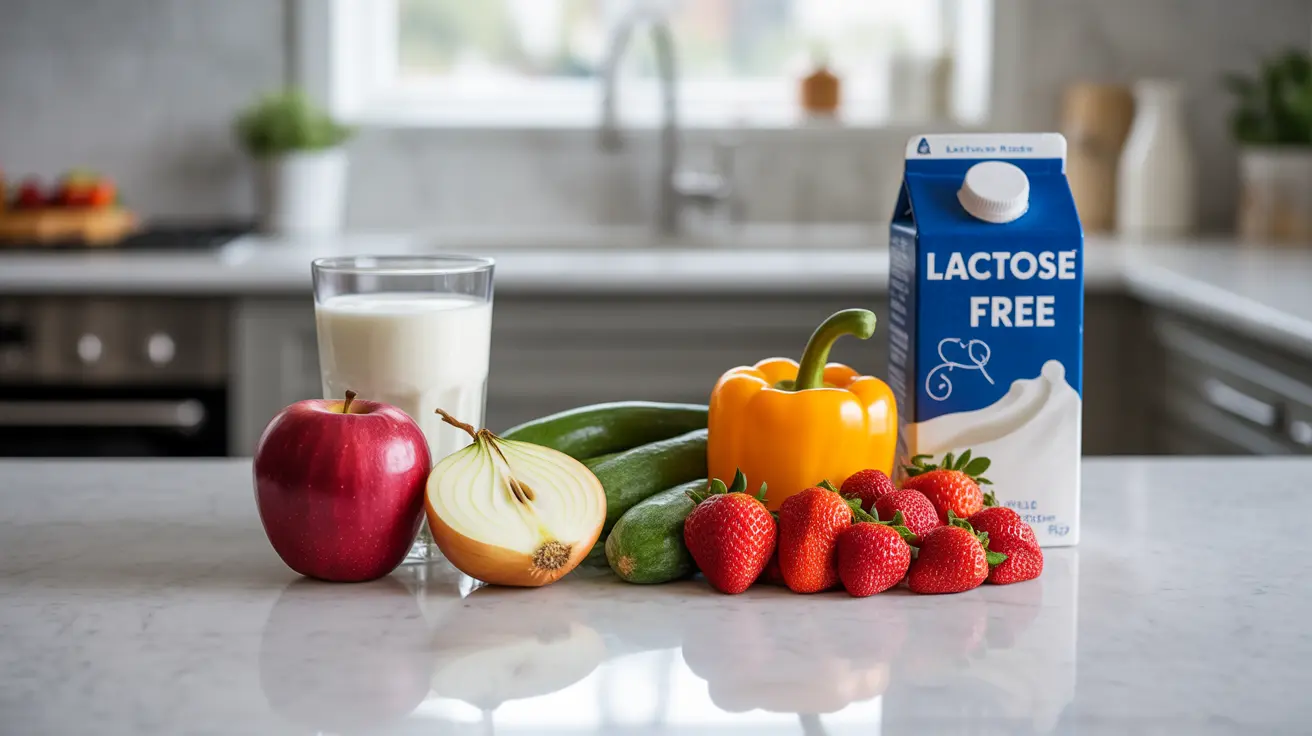Understanding which foods are high in FODMAPs is crucial for managing digestive symptoms, particularly for those with irritable bowel syndrome (IBS). FODMAPs (Fermentable Oligosaccharides, Disaccharides, Monosaccharides, and Polyols) are types of carbohydrates that can trigger digestive discomfort in sensitive individuals.
This comprehensive guide will help you identify common high FODMAP foods, understand their effects on digestion, and discover suitable alternatives for a more comfortable diet.
Common High FODMAP Foods to Watch
Being aware of high FODMAP foods is the first step in managing digestive symptoms. Here are the main categories to be mindful of:
Fruits
- Apples
- Pears
- Mangoes
- Watermelon
- Cherries
- Blackberries
Vegetables
- Onions
- Garlic
- Mushrooms
- Cauliflower
- Artichokes
- Brussels sprouts
Grains and Legumes
- Regular wheat bread
- Pasta
- Rye products
- Chickpeas
- Lentils
- Black beans
Hidden Sources of FODMAPs in Processed Foods
Processed foods often contain hidden high FODMAP ingredients that might not be immediately obvious. Watch out for:
- High fructose corn syrup
- Inulin
- Chicory root
- Modified food starch
- Natural flavors (especially those containing onion or garlic)
- Sugar alcohols (ending in "-ol")
Dairy and Sweeteners to Avoid
Several dairy products and sweeteners are particularly high in FODMAPs:
Dairy Products
- Regular milk
- Soft cheeses
- Ice cream
- Yogurt (regular)
- Cottage cheese
- Ricotta cheese
Sweeteners
- Honey
- Agave nectar
- Sorbitol
- Xylitol
- Mannitol
- Maltitol
Low FODMAP Alternatives
Fortunately, there are many delicious low FODMAP alternatives available:
Fruits and Vegetables
- Strawberries
- Blueberries
- Bell peppers
- Carrots
- Cucumber
- Eggplant
Grains and Proteins
- Gluten-free bread
- Quinoa
- Rice
- Oats
- Lean meats
- Eggs
Frequently Asked Questions
What are the most common high FODMAP foods that can trigger digestive symptoms?
The most common high FODMAP foods include onions, garlic, wheat products, dairy containing lactose, beans, lentils, honey, and certain fruits like apples, pears, and watermelon. These foods can cause bloating, gas, and other digestive issues in sensitive individuals.
How can I identify hidden high FODMAP ingredients in processed foods?
Check ingredient labels for terms like inulin, chicory root, high fructose corn syrup, and sugar alcohols (ending in "-ol"). Also watch for "natural flavors" which may contain onion or garlic, and modified food starches which can contain hidden FODMAPs.
What are some low FODMAP alternatives to high FODMAP grains, fruits, and vegetables?
Good alternatives include gluten-free grains like quinoa and rice, fruits such as strawberries and blueberries, and vegetables like bell peppers, carrots, and cucumber. These options provide similar nutritional benefits while being gentler on the digestive system.
How does following a low FODMAP diet help manage irritable bowel syndrome (IBS) symptoms?
A low FODMAP diet reduces the intake of fermentable carbohydrates that can trigger IBS symptoms. By eliminating these trigger foods, many people experience significant reduction in bloating, gas, abdominal pain, and irregular bowel movements.
Which sweeteners and dairy products should I avoid on a high FODMAP diet?
Avoid sweeteners like honey, agave nectar, and sugar alcohols (sorbitol, xylitol, mannitol). For dairy, limit regular milk, soft cheeses, ice cream, and regular yogurt. Instead, choose lactose-free alternatives or plant-based options that are certified low FODMAP.




